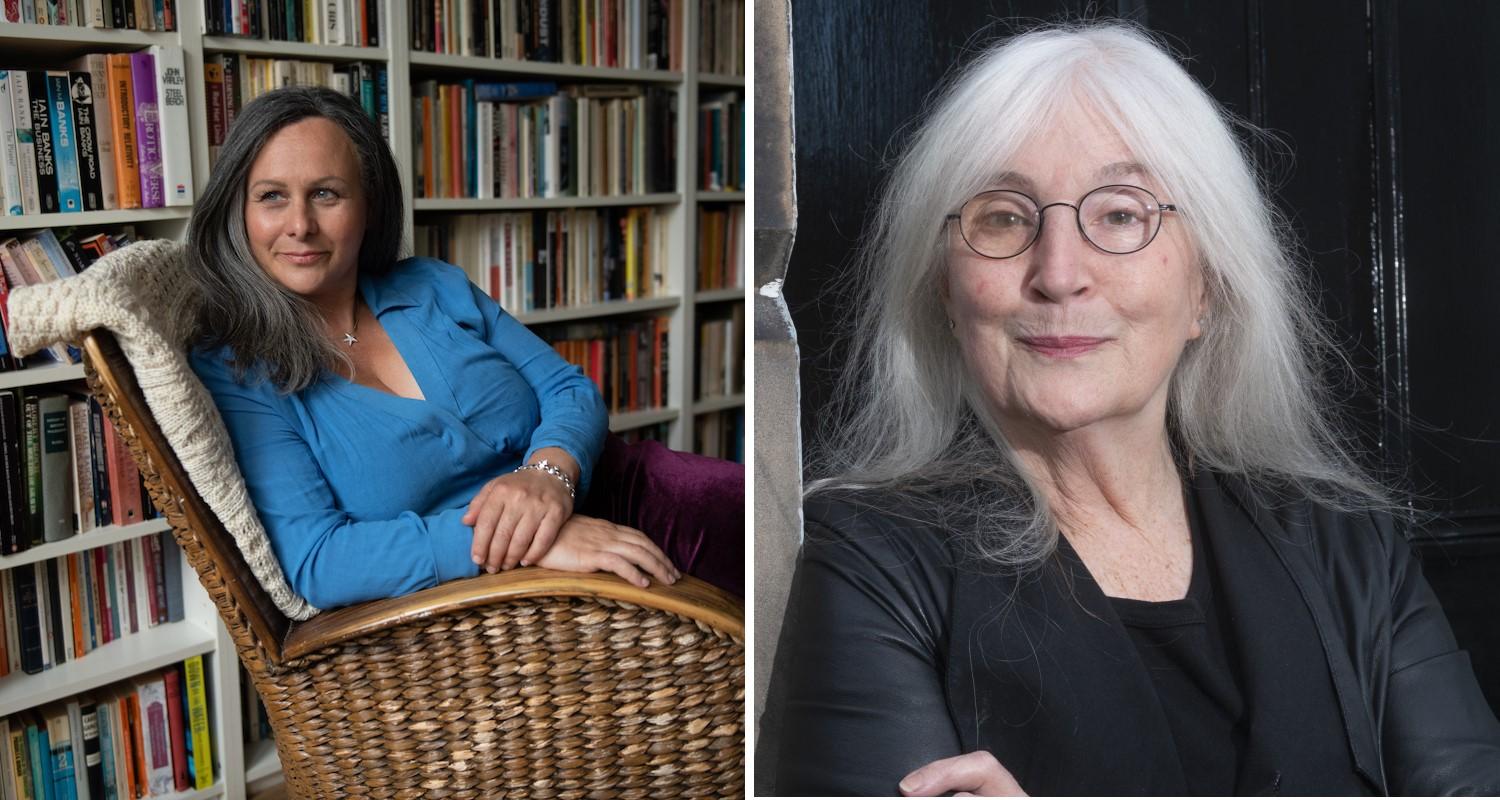Edinburgh's women have always been key to the life of the capital - working, inventing, writing and making art - at the heart of everything which makes the Edinburgh of 2025. It’s time to make them visible in the 900th year of their city. Sara Sheridan (The Fair Botanists and Where are the Women) and Leslie Hills (10 Scotland Street) explore hidden herstories unearthed over years of writing and research.
This event is now fully booked.
Our speakers
Sara Sheridan is a Scottish activist and writer who works in a variety of genres, though predominantly in historical fiction. She is the creator of the Mirabelle Bevan mysteries. Sara is particularly interested in women's history and has written over 20 books.
Leslie Hills is a film producer now working mainly on feature documentaries in co-production with Germany through her company, Skyline Productions. She has written articles, reviews and diaries for the press, book chapters on education, the arts and feminism, and scripts for radio and television. 10 Scotland Street - an opinionated history of one house over two centuries, is her first book.
Edinburgh is 900 Years Old!
In 1124 King David I introduced a new system of local government into Scotland by creating royal burghs as part of his efforts to reform the nation’s economic and political structures.
Edinburgh was one of his first royal burghs, along with Berwick, Dunfermline, Roxburgh and Stirling.
While there is no surviving founding Edinburgh charter, an 1127 Dunfermline Abbey royal charter refers to ‘my burgh of Edinburgh’. In 1128, Canongate Burgh was created for Holyrood Abbey.
After the Reformation, Edinburgh spent considerable effort acquiring the former abbey’s lands over the following 200 years. It acquired Canongate then created a new burgh for South Leith in 1636. The burghs of Broughton, Calton and Portsburgh were also acquired and run by Edinburgh. This complex system of governance was abolished in 1856 when all burghs under the management of Edinburgh were merged into a single burgh.
In 1833, Portobello and Leith were made independent parliamentary burghs under the Burgh Reform Act. They ran their own affairs until amalgamated into an expanded Edinburgh in 1896 and 1920, respectively. 1975 saw the last expansion of the city’s boundaries, including Queensferry, which had been made a royal burgh in 1636.
Edinburgh has selected 2024 to mark the start of the 900th anniversary of our city, and to tell the story of Edinburgh’s journey through the centuries from the 12th century City of David right up to the 21st century, the City of Diversity. Our talks at the City Art Centre will celebrate the 10 themes and will span a period of summer 2024 until August 2025.
In Conversation with Sara Sheridan and Leslie Hills
